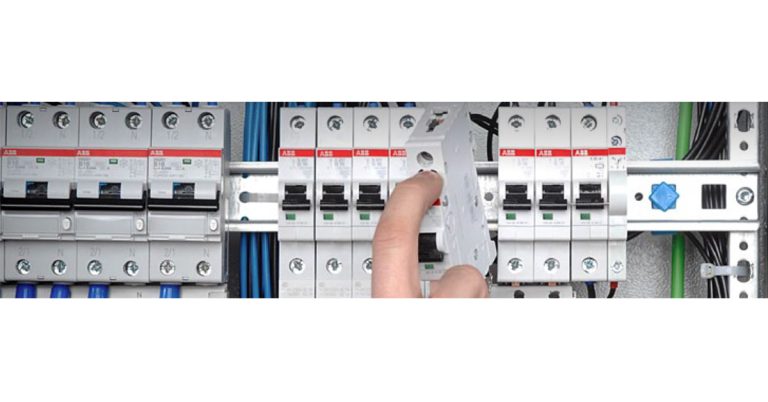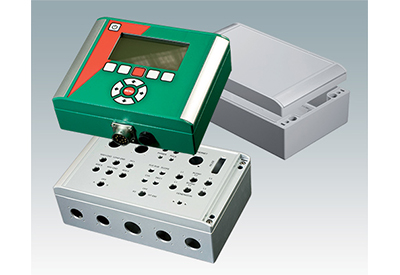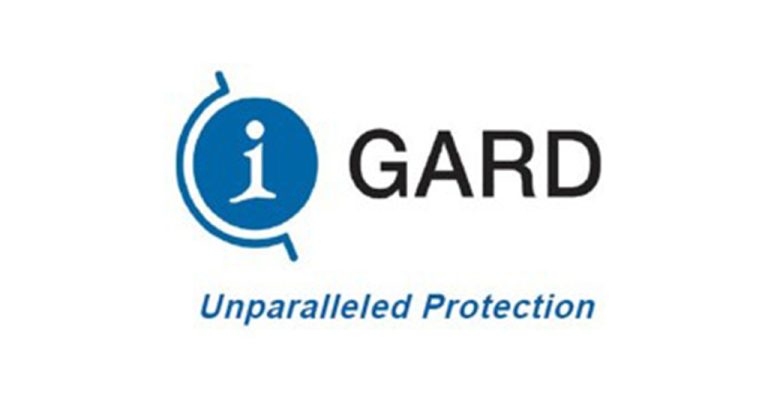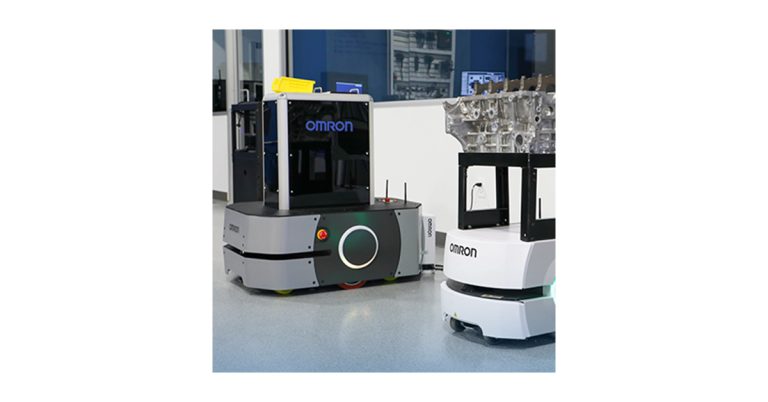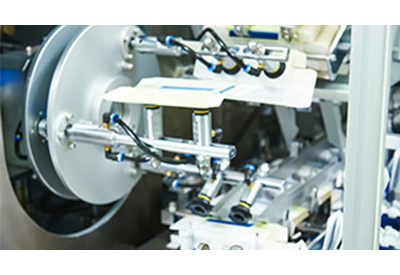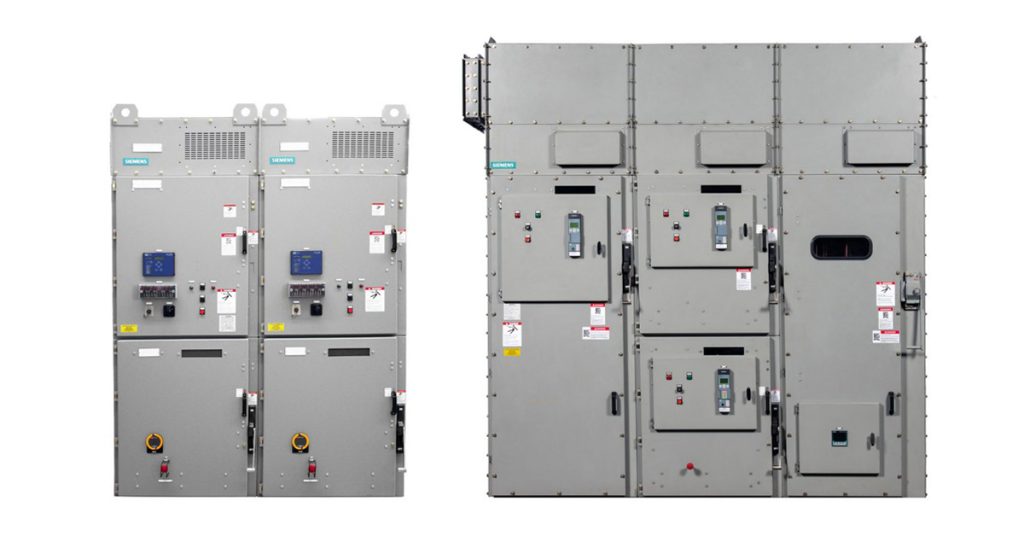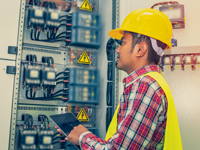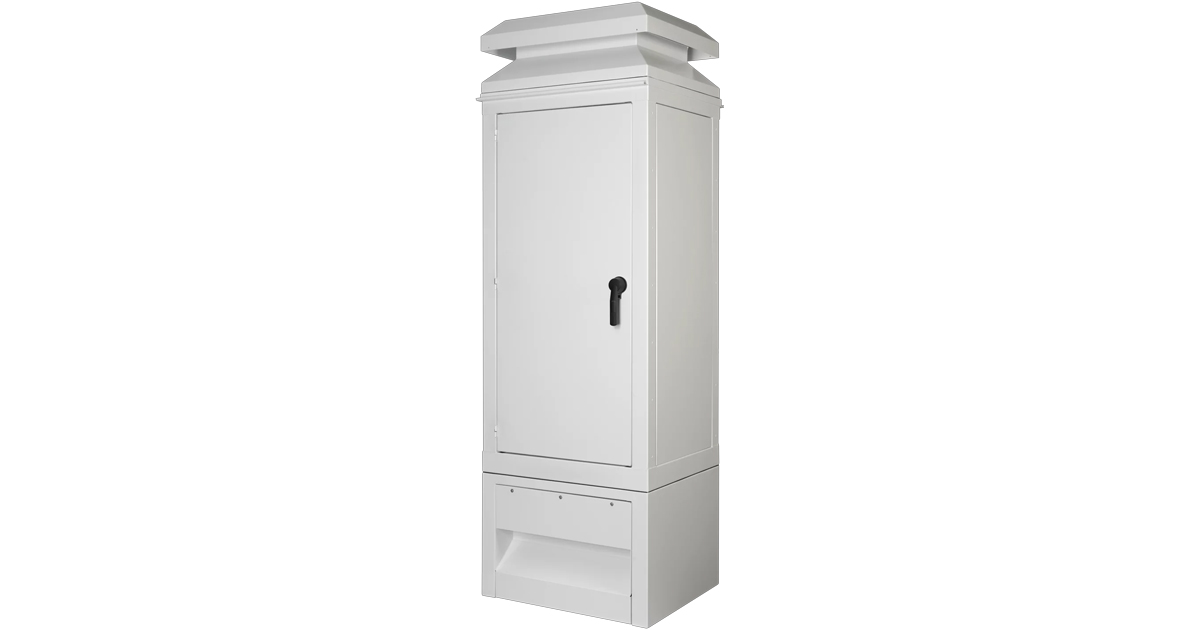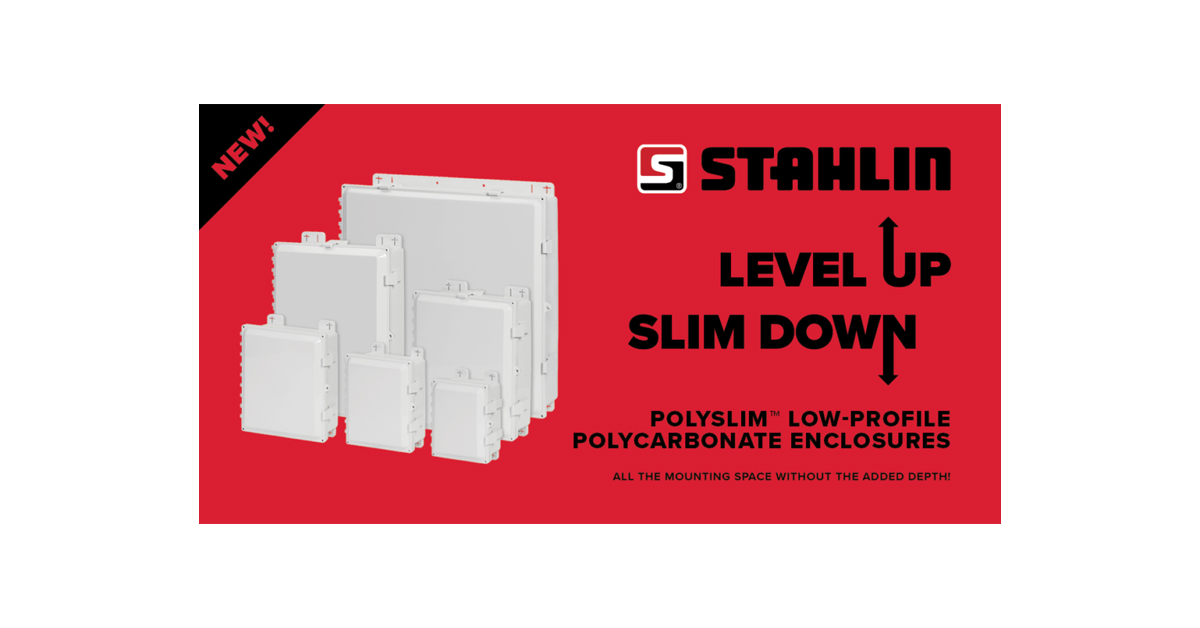Avoiding Enclosure Condensation Issues

October 4, 2023
Ambient air is a mixture of dry air and moisture. Condensation of the moisture occurs if moist air comes in contact with a surface which is at a temperature below its dew point. The dew point of air can be determined by the psychrometric parameters such as Dry Bulb/Wet Bulb Temperature or Dry Bulb Temperature/ Relative Humidity, etc.
HOW DOES IT HAPPEN
An air conditioner mounted on a cabinet returns a cold air stream after cooling down the hot air from inside the enclosure. The return air from an air conditioner can be 15-25 degrees colder than the supply air of the enclosure. This cold air will likely come in contact with the internal equipment and enclosure. If the temperature of any surface of the equipment is below the dew point of the internal air, moisture will condense on that surface.
DRAWBACKS OF CONDENSATION
There are two drawbacks of condensation:
Potential failure of internal electronics.
Electronic enclosures contain sophisticated and expensive electronic equipment, which might fail in the presence of water on the surface. The failure of the electronics would lead to loss of product, operation and money.
Reduction in sensible cooling capacity of the air conditioner.
Dry bulb temperature of air contributes to the sensible load and moisture in air contributes to the latent load. The available cooling capacity of an air conditioner is split into taking care of both sensible and latent loads. A constant presence of high moisture in the air of an enclosure would lead an air conditioner to condense moisture constantly on evaporator coil. Due to this, the air conditioner would have less cooling capacity available to take care of the sensible thermal load generated by the equipment inside of the enclosure.
HOW IT CAN BE AVOIDED
There are two main ways that condensation can be avoided.
Minimize infiltration of the ambient air.
Maintain a sealed cabinet. The electronics inside the cabinet only produce sensible heat. The only source of moisture inside the cabinet is from ambient air. If the cabinet is totally sealed, any moisture present in the air inside the cabinet is condensed on the evaporator coil. If the enclosure is not sealed properly, the outside moist air will infiltrate the cabinet and would lead to higher heat load issues and potentially damaging condensation issues.
Minimize door opening. If equipment inside the cabinet needs to be serviced or accessed, try to minimize the instances and total duration of the opening of the door so that there is minimum infiltration of the outside humid air. The “door switch” option which is available on many nVent HOFFMAN air conditioners would turn the air conditioner off when enclosure door is opened. It would eliminate the cold air being blown on equipment while the door is open.
Set a higher temperature set point.
If the temperature inside the cabinet is maintained at the highest possible set point, it would help keep internal enclosure surfaces warmer than the internal air dew point. A higher thermostat set point temperature will also result in better performance and efficiency from the air conditioner.

https://hoffman.nvent.com/sites/g/files/hdkjer316/files/acquiadam_assets/2021-09/WP-00056.pdf

